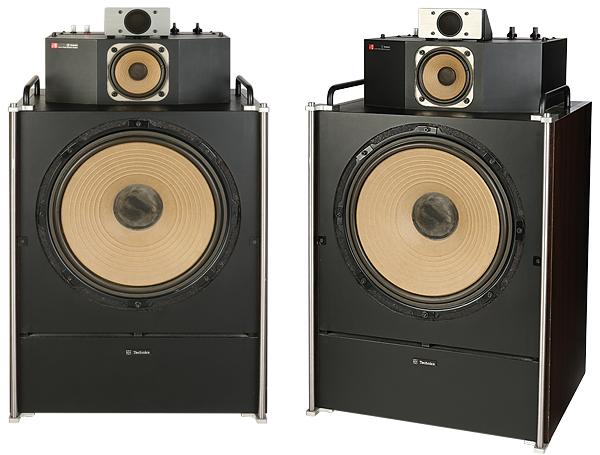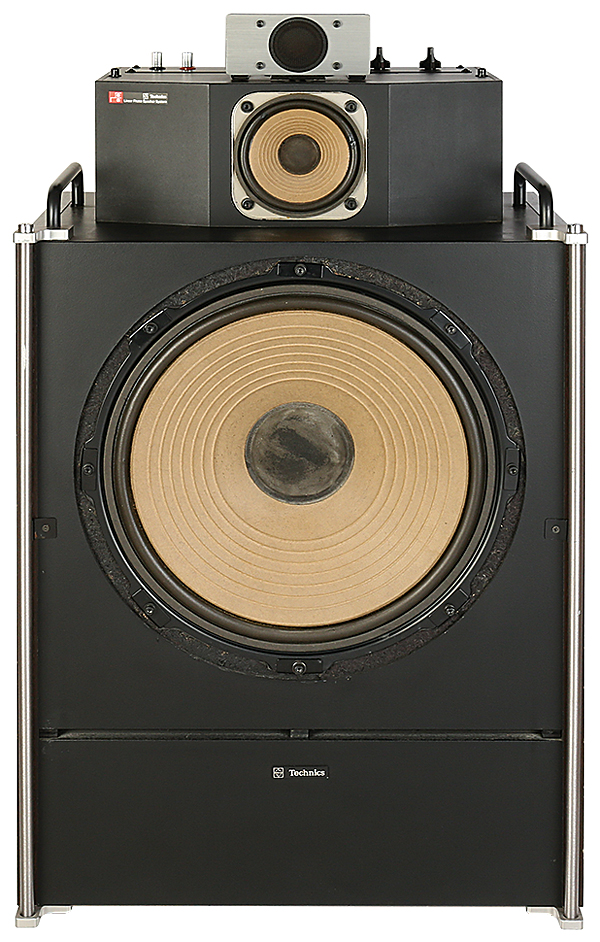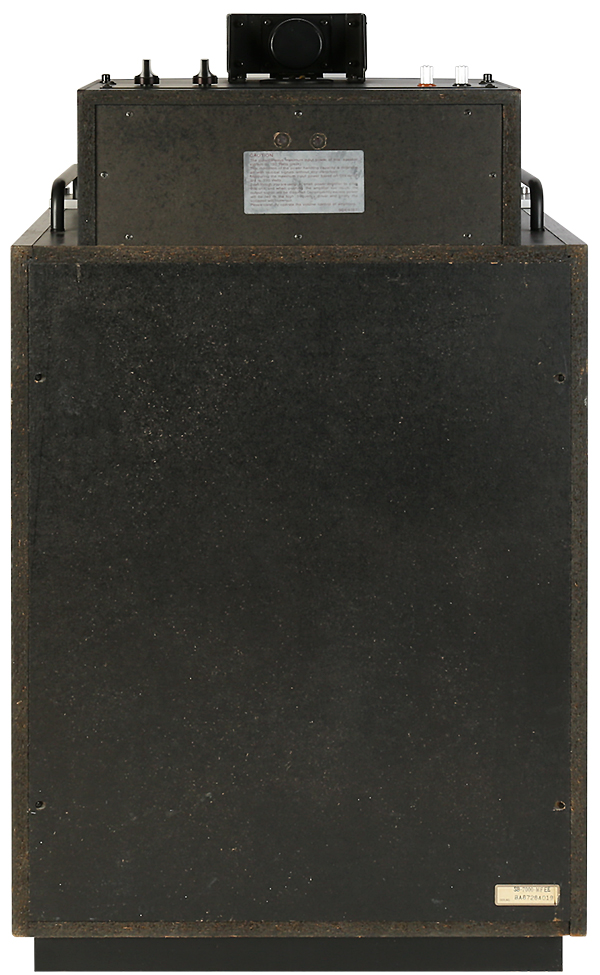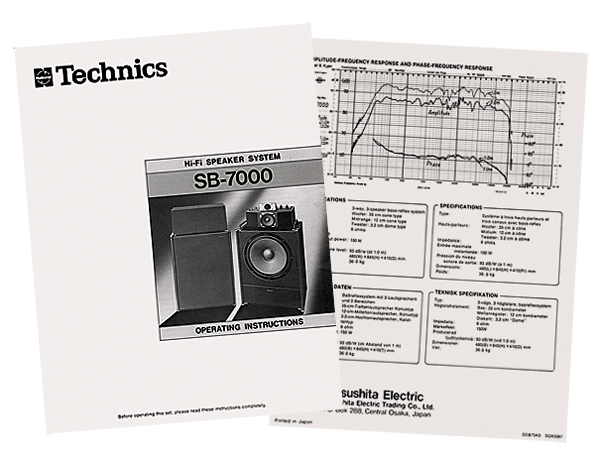Technics SB-7000 Loudspeaker

 Bass-heavy behemoth or technical tour de force? We hear a range-topping speaker first launched in 1975 that promised 'true waveform fidelity'. How will it shape up?
Bass-heavy behemoth or technical tour de force? We hear a range-topping speaker first launched in 1975 that promised 'true waveform fidelity'. How will it shape up?
Although the Japanese dominated much of the hi-fi scene during the 1970s, there was one important area where their reach was more limited. That was the loudspeaker market. Yes, the companies' catalogues may have been full of glittering arrays of tempting models, but dealers outside of Japan seldom had that many in stock for interested buyers either to see or hear.
One vintage Japanese loudspeaker with which everyone is familiar is the Yamaha NS-1000M [HFN Oct '18], but what is less well known is that all the big Japanese brands offered something of a similar size, cost and ambition (if not absolute quality). It was inevitable then, that Matsushita – then the world's largest maker of electronic consumer products – would offer a pair of large high-quality loudspeakers under its Technics brand.
Mass Appeal
Initially released in Japan in mid-1975 as the Technics 7, the design was considered to have sufficient mass appeal to be added to Technics' export programme. Renamed the SB-7000, these three-way floorstanders reached the wider market during 1977. As with much Japanese kit, the SB-7000 offered a headline refinement to set it apart from competitors: 'phase linearity'. Linear phase loudspeakers were not new and had been available for professional use since the mid '60s. But these were based on complex set-ups involving active crossovers and multiple amp channels.

By 1975 both Philips and B&O had introduced practical domestic linear phase speakers to their ranges, the former made possible by the active signal processing that formed part of the Motional Feedback technique (as in the B&O Beovox M70) and the latter by the ingenious mathematical refinement of the crossover design (Philips 22RH544) [HFN Jan '17 & Nov '16].
The approach adopted by Technics was similar to that employed by B&O, even though the Danish and Japanese methods differed in detail. Like the Beovox M70, the SB-7000 was a conventional passive loudspeaker that could be driven by an ordinary stereo amp, phase linearity being maintained by a combination of carefully optimised crossover parameters and the staggered positions of the drive units. The value of phase linearity in loudspeakers is a subject that is debated to this day, but Technics was able to demonstrate the excellent waveform fidelity of the SB-7000 by showing that a square wave signal played through it retained its characteristic shape. A speaker which is not phase linear cannot do this.
Making optimal use of a woofer that measured 350mm mandated a refrigerator-sized cabinet while an additional enclosure was employed for the 120mm midrange unit. Like the woofer, the midrange unit featured a reinforced triple-layer cone made of blended aramid fibre. Meanwhile, on the top of the cabinet an exposed 32mm cloth dome tweeter was simply placed in free space. The silver rectangle surrounding it was not a baffle but part of its strontium-ferrite magnet assembly.

Look Sharp
As for the crossover unit, this was mounted at the rear of the midrange unit enclosure and was not extravagant, although like the drive units themselves all the parts used were manufactured within the Matsushita organisation. As was popular at the time, two controls were provided so that the owner could set up the treble and midrange characteristics of the loudspeaker to suit their taste. These were on the top of the midrange cabinet and were not crude resistive pads to set the signal level sent to the driver. Rather, they altered the 'Q' (sharpness) of the relevant filters to determine which part of the frequency range each driver handled.
Base Cavity
While the midrange unit operated in a sealed and damped enclosure, the woofer was loaded by two resistively-coupled cavities occupying the volume of the main cabinet, eventually leading out to a slot port below. This combination of efficient drive units, a relatively simple crossover and a large, sparsely damped cabinet resulted in a claimed sensitivity of 93dB/1W/1m.

The standard SB-7000 came with black grilles and black laminate over the baffles and cabinet top surfaces with dark simulated wood for the sides. Costing a little more, the SB-7000MP had real wood veneer on the sides while for the ultimate in '70s style the SB-7000W was finished in brilliant white with bright green grilles. All versions sported heavy duty carrying handles on the top and polished protection bars around the woofer grille.
Connections to the amplifier are via two uninsulated binding posts which are of an odd design. The top cap part unscrews, then one feeds the bare end of the cable through a little hole in the middle of it. The cap and cable are then fitted to a threaded stud whose tip is pointed so that the strands of the cable are trapped as the cap is screwed down. No doubt this makes and maintains an excellent electrical contact, but it is tricky to use and thick cables (such as the ubiquitous QED-79 strand) don't go through the hole, making it necessary to splice short lengths of thinner cable onto the ends to make it fit. There is also a tweeter fuse on the top of the midrange enclosure, but as it is bypassed by an internal capacitor it makes no noticeable difference to the treble output, even when it is removed completely!


















































